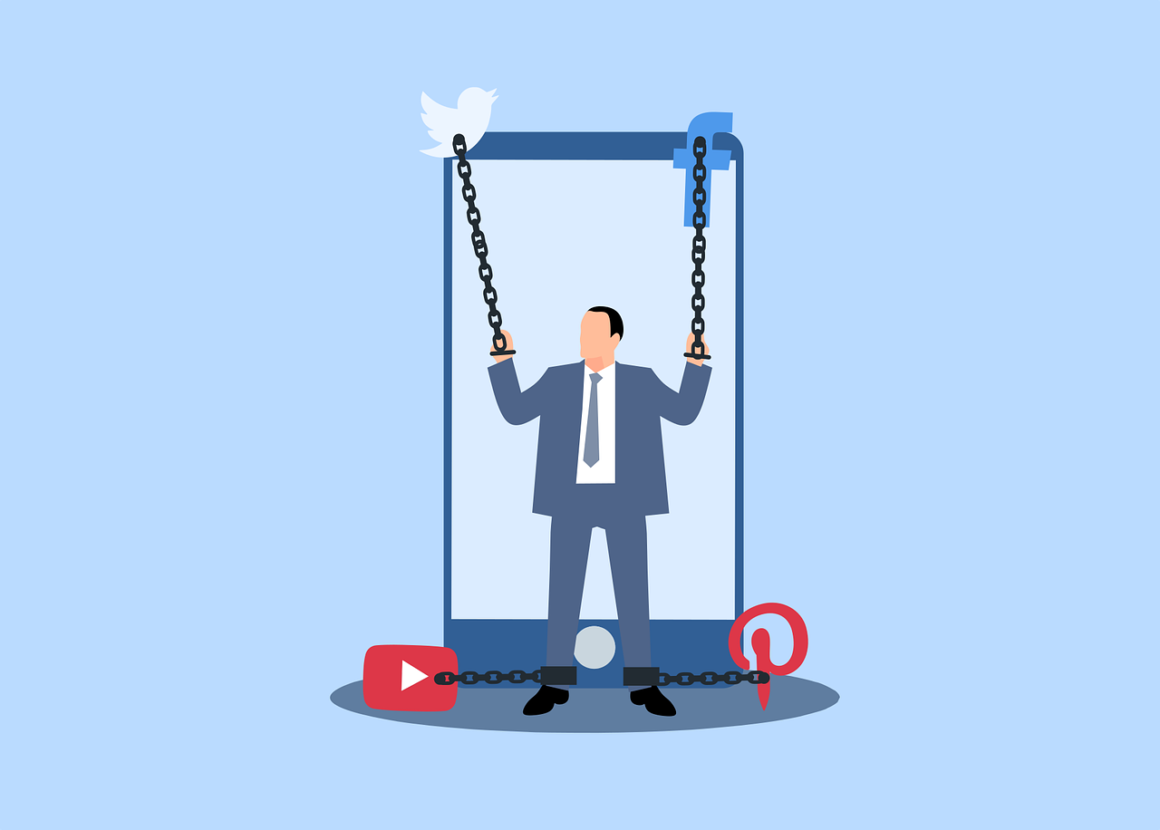There’s this generalized feeling that sitting down to watch a movie nowadays can take forever. Somehow, movies have become longer and longer over the years, causing many people to abandon them midway or just sleep over them since they haven’t “hooked” them. It’s a common phenomenon that is sweeping all streaming platforms, but especially noticed by Netflix’s “are you still watching” feature, which shows that more and more people either give up watching, or fall asleep in the middle of a movie.
There are also statistical studies which show that the length of movies has increased from the beginnings of the last century to this day. With an increase in average runtime from 100 minutes in 1920 to 130 minutes today. But also, the minimal runtime has increased noticeably since the first years of the XX century, passing from 75 minutes to more than 80 minutes, data that clearly shows that over the years, movies have been growing in runtime but also in volume.
But also, this is exacerbated by the fact that in this new age of humanity, there are more movies produced and filmed than ever. This allowed us to go from a humble 50-100 movies per year till the year 1980, to more than 800 movies a year. That creates an ever greater spectrum of movies that are also above the average number of minutes, creating a permanent increase in the length of films. So the answer to the main question is: yes, movies not only feel longer these days, but they actually are lengthier.
Change in philosophy
There have also been some other changes that have “shocked” the industry, such as the average length of shots. Whereas in 1910, the usual scene took about 12–15 seconds, now the number has dropped to an impressive 2-3 seconds per shot. In the search for action, or maybe a more dynamic pace to some movies, directors now prefer a more diverse set of shots than the more static shots of yesteryear.
This new way of filming has some benefits, but also a lot of cons, particularly in terms of attention to detail. It’s now much harder to notice details than it used to be in the past, since a short shot, the length of 2 seconds, doesn’t give the brain much time to focus on many things. Andréi Tarkovsky used to thrive on the use of longer, richer shots that used camera movement to create the sensation of dynamism, while creating a fabulous experience for the spectator.
Another great example of this old concept is Stanley Kubrick, or the great Kurosawa, who almost abused the richness of longer shots, but they both did it with such excellence that no one in the audience dared to criticize it. But as some of the great directors of our time say, “long shots are a matter of talent,” and they slide under the red carpet to suggest that the problem with new movies might be that, in the desperate need to show something new, young and unexperienced directors rush to short shots to create something “exciting.”
But there’s something else that favors long shots over shorts, and that’s the fact that when we demand more of a brain, it will surely tire the viewer even further. Adding this to the fact that most people use the last hours of their day to watch a movie, it’s almost natural that they’ll lose focus, or even worse, they’ll surely fall asleep.
Should movies be shorter?
Not necessarily, as some directors affirm, but what needs to change is the way that those films are created. New directors, still untainted by this new way of filming, should start considering making films that have relevance, with a script behind them that is worth filming. In order to make more money, studios are producing anything nowadays, or even worse, bringing back franchises that had their good endings in the past, just to “murder” them with rushed scripts, bad actors, and lousy filming, like Matrix Revolutions, the new Star Wars trilogy, or The Lion King.
There was something in the past that used to make films more relevant, and that was the cost and the need to film something that really convinced those that would pay for it. No matter if it uses stock footage to create a film (it’s more and more common these days) or even has amateur actors, a good script and a talented director will always triumph. That’s why these days there are more emerging good directors than ever, since there’s a need to change what’s been created so far.
Of course, there are still good examples of movies in Hollywood that deserve this recognition, and they are not necessarily short movies. In fact, some of them are long, but they have such a great script that the viewer feels that there’s nothing extra added to it, that you almost couldn’t remove a word from the script, such cases as Interstellar, The Revenant, Joker, or Parasites, amongst many other examples.
These movies also have something in common: they all use long shots to increase the feeling of ambient and immerse the audience even further. They also have something that most movies don’t: a great soundtrack to help those shots increase the tension, or soothe the spectator’s experience. Just to close this argument, here’s some evidence that longer shots, used both by Tarkovsky and Kubrick, are a great way to immerse people in great stories. Enjoy!




